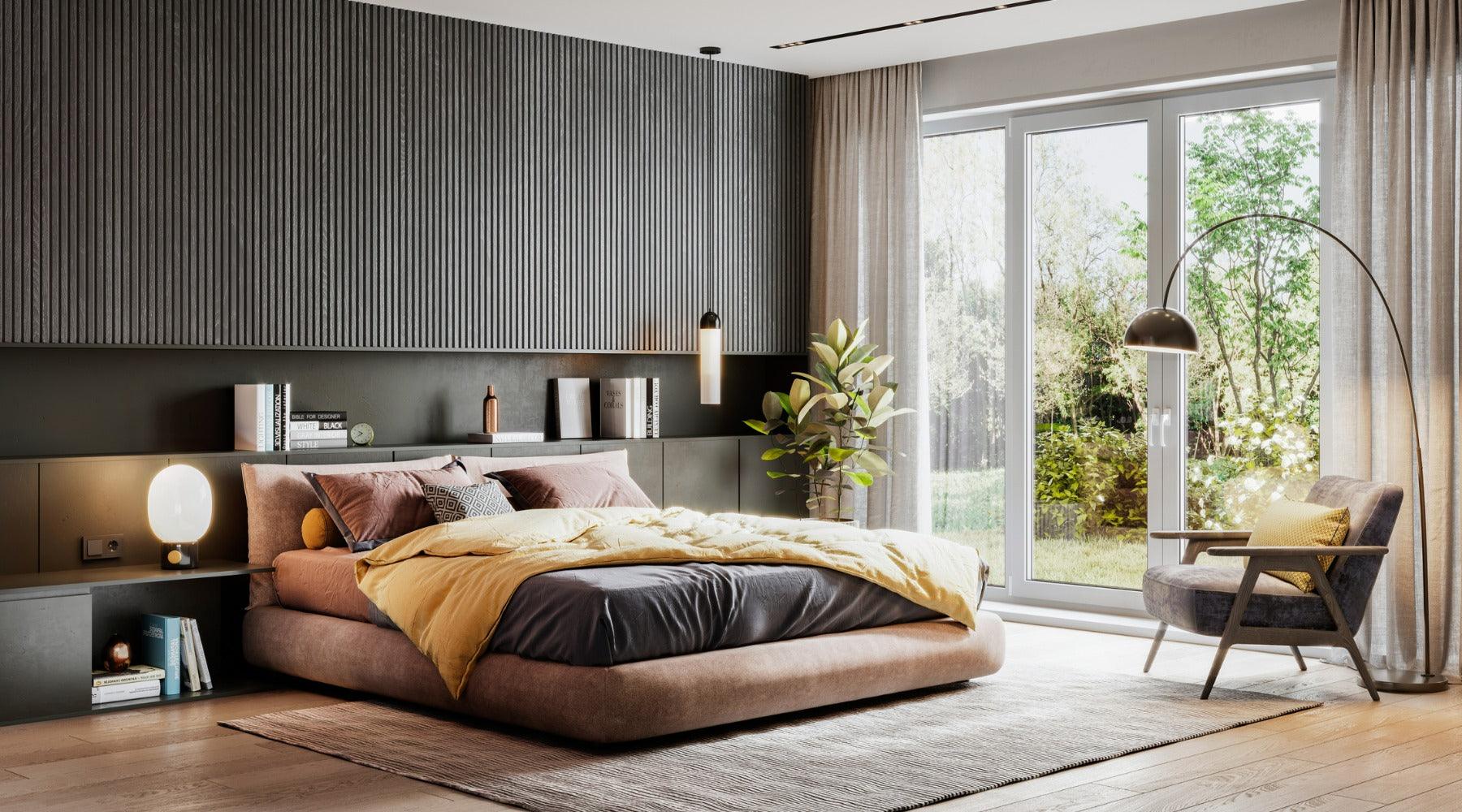
What is the difference between Scandinavian and Nordic interior design?
The terms “Scandinavian design” and “Nordic design” are often used interchangeably—until you're talking to someone from Finland or Iceland, that is. Here, we dig into the subtle differences between these two geographic terms and the design ethos that applies to each—and both.
What is the Geographical Difference Between Scandinavian and Nordic Countries?
The Scandinavian Peninsula is a mountainous region extending from the Barents Sea in the north to the Baltic Sea in the south. Geographically, this includes only Norway and Sweden—but the history of Denmark is so closely tied to the other two countries that it is considered a part of Scandinavia in almost every sense. In fact, the name Scandinavia comes from the region of Scania, which was once part of Denmark but is now the southern Swedish region of Skåne. In most cases, therefore, Scandinavia refers to Norway, Sweden, and Denmark.
Nordic, on the other hand, is a much more inclusive term. It comes from the French word nordique, meaning north, and comprises several northern European countries: the three Scandinavian countries of Sweden, Norway, and Denmark, plus Finland and Iceland. In addition, three autonomous territories are included under the Nordic umbrella: the Faroe Islands and Greenland (both part of the Kingdom of Denmark) and Åland, a Swedish-speaking autonomous region of Finland. The term Norden can also be used in place of Nordic.

Though many of these countries are not part of Scandinavia, all of them share characteristics that make them distinct from the rest of Europe and the world. These include—according to the Encyclopedia Britannica—“thinly populated northern regions, a relative wealth of fish resources, long life expectancies, and high levels of literacy.”
In recognition of this, governments from the Nordic countries joined together to form the Nordic Council in 1952. The Council meets twice a year; the headquarters are in Copenhagen but the presidency rotates annually among the largest five countries. Members of the Nordic Council collaborate to solve economic and social problems affecting the entire region, in the belief that issues can be tackled more effectively together.
Still confused? Think of North America versus the United States of America—Canada is part of one but not the other. In this way, countries such as Finland are a part of the Nordic countries but not Scandinavia.
What is the Difference Between Scandinavian and Nordic Design?
Quite simply, Scandinavian design refers to design from Norway, Sweden, and Denmark, whereas Nordic design refers to design from both Scandinavia and those other territories grouped under the Nordic label. It’s that simple!
Our Scandi-style duvet covers are inspired by Danish design but they can also be called Nordic-style duvet covers, as Denmark is part of both Scandinavia and the Nordic countries. Check them out in our shop.
Why are Nordic Design and Scandinavian Design Similar?
As well as geographical, cultural, and ethnic similarities, the Nordic countries share many sociopolitical values, which is partly what led to the formation of the Nordic Council. Nordic and Scandinavian design, therefore, are so similar that the terms are often used interchangeably. Which is fine—until you’re talking to someone from Finland, Iceland or one of the autonomous territories, in which case you’ll probably get an annoyed look! It’s a mistake easily made, though—with so many shared principles, no wonder people often get the design styles of these countries confused.
A Shared Love of Nature
All Nordic nations share a love of nature and the outdoors, which is reflected in their design. Apart from Danish mavericks such as Verner Panton and Arne Jacobsen, Nordic designers favor natural materials such as wood and leather. There are small, specific differences between nations—Swedes tend to prefer lighter woods than Danes, for example—but natural origins are a common thread.

Sustainability
Nordic countries were historically resource-poor, meaning that everything needed to be built to last and nothing could be wasted. International trade and the rise of service-based industries have long since ended these problems but the design ethos remains. Nordic products, therefore, tend to have a long life and not break or wear down easily. Vintage stores are filled with decades-old Nordic furniture that still looks new; new Nordic designs focus on recycled materials, such as plastic and reclaimed wood.
Our Nordic-style bedding is made from 100% organic European linen—unlike resource-hungry materials such as cotton, linen requires only rainwater for irrigation. Every part of the plant is used to produce either linen or its byproducts, so there’s zero waste. What’s more, if you order from our shop, we’ll offset the carbon emissions from shipping at no extra cost to you.
Simplicity
Contrary to popular belief, Nordic design is not all about white and grey—many designers favor bright or even clashing colors in their work. What nearly all have in common, however, is simplicity of form. This relates, again, to the scarcity of natural resources across the Nordic nations. In hard times, design needs to be functional, not frivolous. This is why across the Nordic countries, you’ll find clean-lined forms, simple shapes, and minimal ornamentation.

Differences between Nordic and Scandinavian Design
Although the design styles of different Nordic nations have many similarities, they also have many differences shaped by their respective histories and cultural identities. For a deep dive on this topic, check out our post on the differences between Danish, Norwegian, Swedish, and Finnish design.
Ultimately, it’s more helpful to compare individual countries than try to distinguish between Nordic and Scandinavian design. There are as many differences between the design styles of the three Scandinavian nations as there are between, say, Swedish and Finnish design—although Sweden, Denmark, and Norway have Scandinavia in common, there’s no more similarity between their individual design styles than there is between the Nordic nations overall.
Did any of our facts about the Nordic countries surprise you? Which Nordic country’s design style do you prefer? Let us know on Instagram, Pinterest, Facebook, or Twitter!






Leave a comment
This site is protected by hCaptcha and the hCaptcha Privacy Policy and Terms of Service apply.